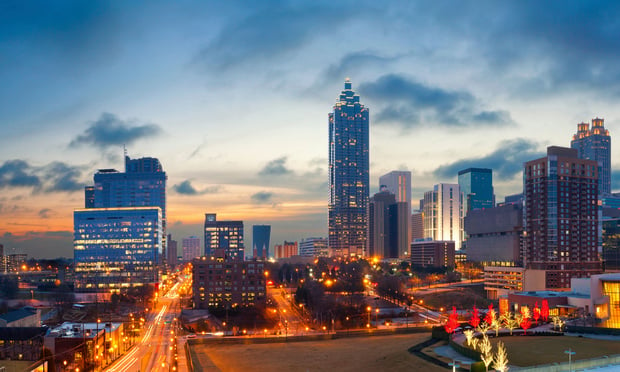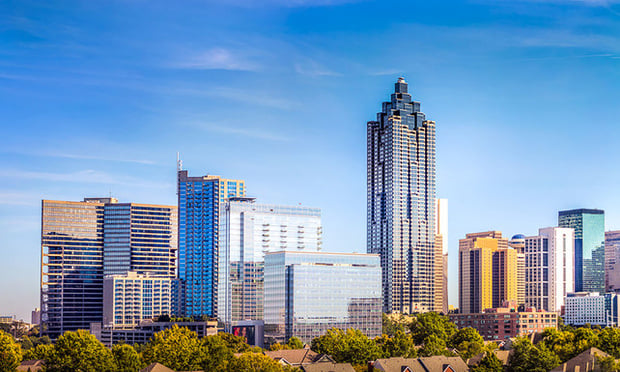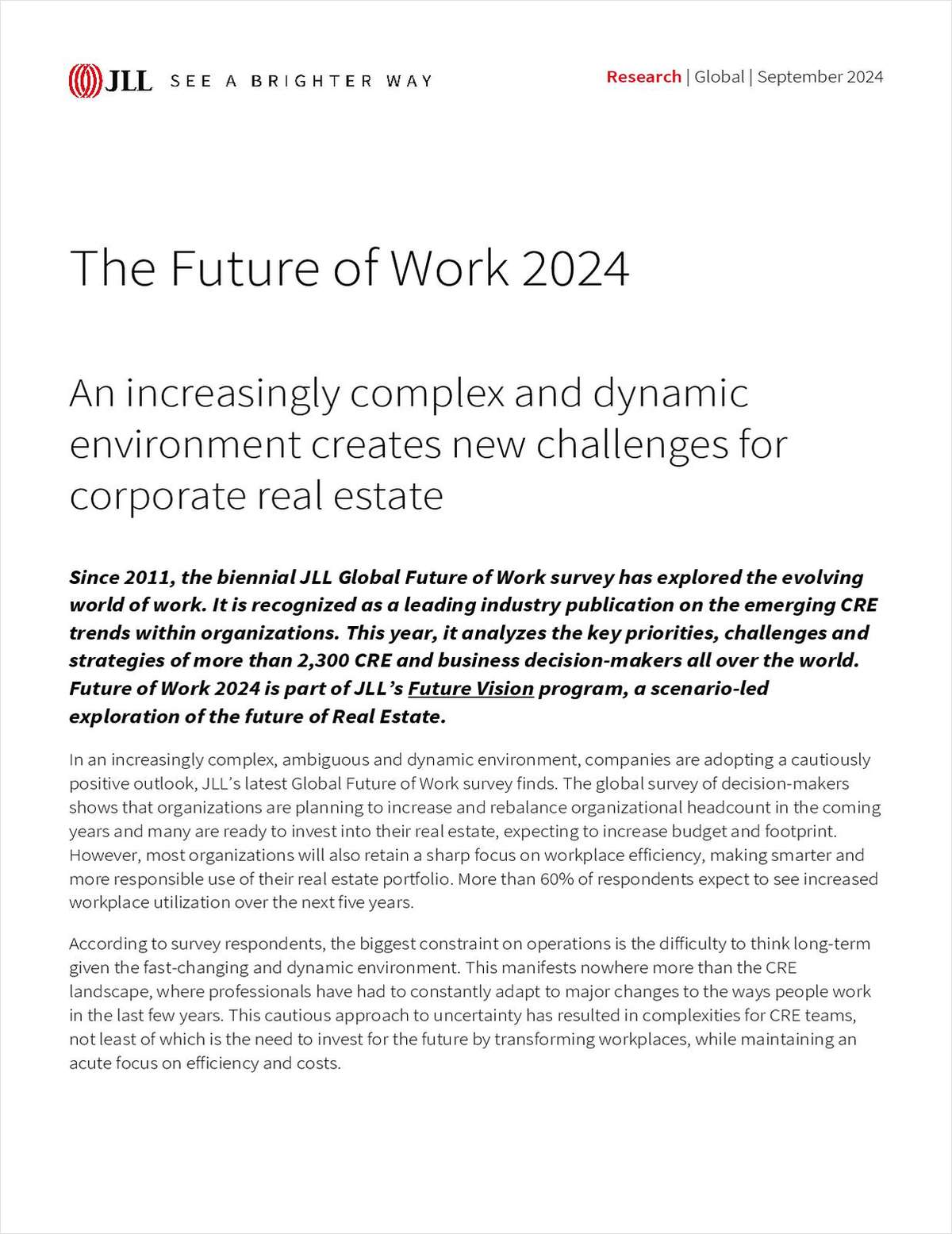ATLANTA—In a move to combat urban sprawl, transit-oriented developments are vital. Ultimately, Laura Hannusch, a partner at Pillsbury Winthrop Shaw Pittman, says several factors are driving this trend, including increased population around large cities, expansion of mass transit infrastructure and Millennials and empty nesters wanting to live close to a city center (read: downtown) or a town center (read: a mixed-use, walkable community outside the urban core). (Did you read about the 'New Yorkization' of this urban core?)
“Millennials and empty nesters want to take advantage of short or no commute times, being in close proximity to work, entertainment and restaurant options and just generally being in a vibrant environment with a sense of place,” Hannusch tells GlobeSt.com. “It makes sense that mixed-use, transit-oriented developments would nurture these types of environments, because they provide the critical mass of people necessary to support the amenities, while providing easy access to transportation. But they can be successful in other places as well, like the CityCenter project in Houston. Also, as populations in and around large cities increase, traffic becomes more of an issue and living close to your workplace saves time and money.”
She points to Houston's Downtown District has a downtown living initiative, which has been successful in substantially increasing the number of residential units in downtown Houston, with more coming online every day. Of course, this type of development has been going on for a long time in many cities, such as the transit-oriented developments adjacent to BART's Fruitvale in San Francisco Bay Area Rapid Transit District, as well as development adjacent to several DART (Dallas Area Rapid Transit) stations. In Miami, the All Aboard Florida passenger rail system will connect Miami to Orlando with stops in other key markets like Fort Lauderdale and West Palm Beach and have its hub in a multiuse project in Downtown Miami called MiamiCentral. The development of MiamiCentral is sparking massive investment in the area.
“In Los Angeles, connectivity is now driving economic stability, opportunity and prosperity,” Jonathan Watts, AIA, Partner, Killefer Flammang Architects KFA, tells GlobeSt.com. “The numbers are not lying. With over 35,000 people per day using the Expo line between Santa Monica and an anticipated 65,000 set to use the new Purple and existing red lines, transit is not the key. We have to make this new reality work with the places people live, work and play. Multi-modal, mixed-use density in our Traditionally Located Communities (TLC's) will create the options we all need to deal with traffic. The traffic may not reduce noticeably, but transit options will give people a realistic alternative: live and work near connectivity.”
Rey Melendi, Chief Operating Officer of 13th Floor Investments, tells GlobeSt.com the big winners will be developers that are versatile and agile enough to build across asset classes and create large-scale mixed use projects encompassing retail, office, hotel and residential components. “At the same time,” he says, “the public sector will win big as a result of the rising number of public-private partnerships that will enable them to meet growing demand for new product while also investing in upgrades, expansions and enhancements to public transit infrastructure.”
ATLANTA—In a move to combat urban sprawl, transit-oriented developments are vital. Ultimately, Laura Hannusch, a partner at
“Millennials and empty nesters want to take advantage of short or no commute times, being in close proximity to work, entertainment and restaurant options and just generally being in a vibrant environment with a sense of place,” Hannusch tells GlobeSt.com. “It makes sense that mixed-use, transit-oriented developments would nurture these types of environments, because they provide the critical mass of people necessary to support the amenities, while providing easy access to transportation. But they can be successful in other places as well, like the CityCenter project in Houston. Also, as populations in and around large cities increase, traffic becomes more of an issue and living close to your workplace saves time and money.”
She points to Houston's Downtown District has a downtown living initiative, which has been successful in substantially increasing the number of residential units in downtown Houston, with more coming online every day. Of course, this type of development has been going on for a long time in many cities, such as the transit-oriented developments adjacent to BART's Fruitvale in San Francisco Bay Area Rapid Transit District, as well as development adjacent to several DART (Dallas Area Rapid Transit) stations. In Miami, the All Aboard Florida passenger rail system will connect Miami to Orlando with stops in other key markets like Fort Lauderdale and West Palm Beach and have its hub in a multiuse project in Downtown Miami called MiamiCentral. The development of MiamiCentral is sparking massive investment in the area.
“In Los Angeles, connectivity is now driving economic stability, opportunity and prosperity,” Jonathan Watts, AIA, Partner, Killefer Flammang Architects KFA, tells GlobeSt.com. “The numbers are not lying. With over 35,000 people per day using the Expo line between Santa Monica and an anticipated 65,000 set to use the new Purple and existing red lines, transit is not the key. We have to make this new reality work with the places people live, work and play. Multi-modal, mixed-use density in our Traditionally Located Communities (TLC's) will create the options we all need to deal with traffic. The traffic may not reduce noticeably, but transit options will give people a realistic alternative: live and work near connectivity.”
Rey Melendi, Chief Operating Officer of 13th Floor Investments, tells GlobeSt.com the big winners will be developers that are versatile and agile enough to build across asset classes and create large-scale mixed use projects encompassing retail, office, hotel and residential components. “At the same time,” he says, “the public sector will win big as a result of the rising number of public-private partnerships that will enable them to meet growing demand for new product while also investing in upgrades, expansions and enhancements to public transit infrastructure.”
Want to continue reading?
Become a Free ALM Digital Reader.
Once you are an ALM Digital Member, you’ll receive:
- Breaking commercial real estate news and analysis, on-site and via our newsletters and custom alerts
- Educational webcasts, white papers, and ebooks from industry thought leaders
- Critical coverage of the property casualty insurance and financial advisory markets on our other ALM sites, PropertyCasualty360 and ThinkAdvisor
Already have an account? Sign In Now
*May exclude premium content© 2024 ALM Global, LLC, All Rights Reserved. Request academic re-use from www.copyright.com. All other uses, submit a request to [email protected]. For more information visit Asset & Logo Licensing.









